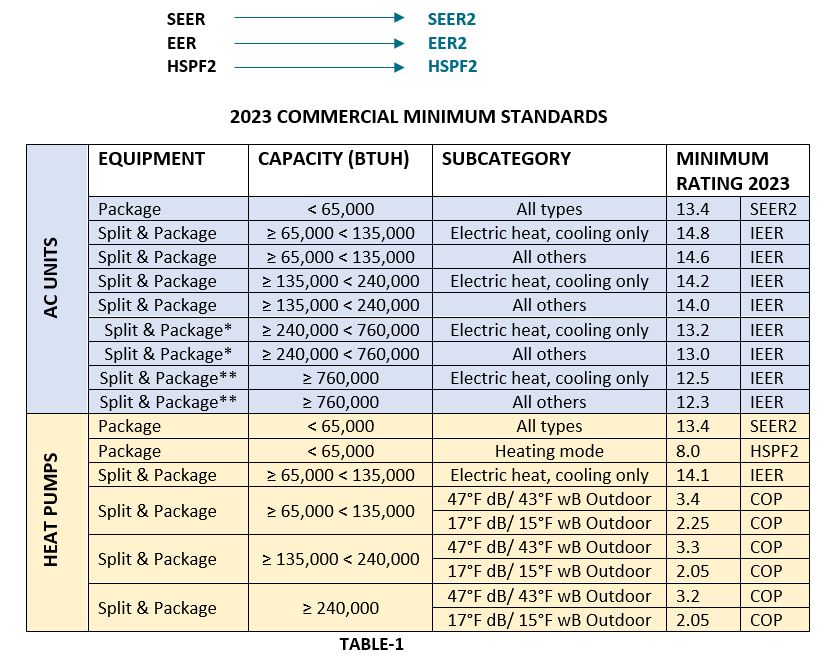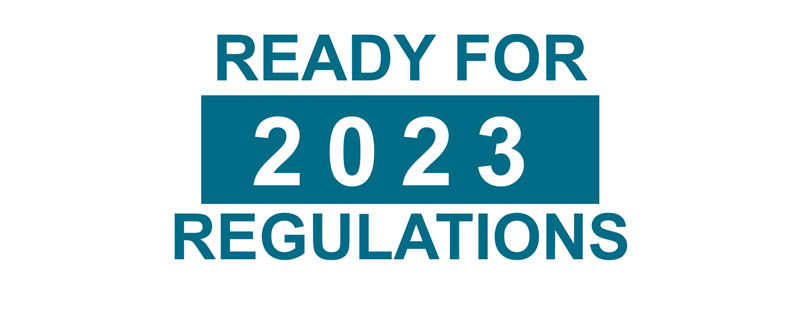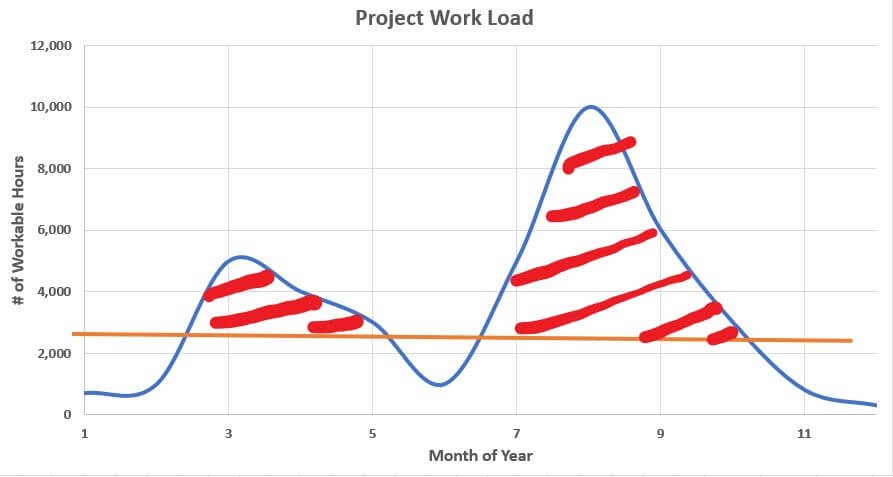2023 DEPARTMENT OF ENERGY AIR CONDITIONING AND HEAT PUMP UNITS MINIMUM ENERGY EFFICIENCY REGULATORY REQUIREMENTS.
I. NEW 2023 EFFICIENCY REGULATIONS
On January 1, 2023, the Department of Energy’s (DOE) new minimum efficiency standards for commercially packaged air conditioners (ACs) and heat pumps (HPs) will go into effect.
For those of you who are unfamiliar with these new energy efficiency standards, we are here to break down the key important elements that are important for you to know. These elements are crucial to understanding as a HVAC professional, especially with the new energy efficiency standards that are to come in January 2023.
The regulatory changes coming in 2023 will not only affect the minimum efficiency of residential and commercial HVAC products but also how residential and 3-5 ton light commercial, single-phase products are tested.
II. WHY THE CHANGE?
The Department of Energy (DOE) reanalyzes the effects of energy usage every six year and sets minimum efficiency requirements and manages the testing standards by which those efficiencies are measured. In 2018 the DOE started the first phase of their six-year plan requiring a 13% increase in energy efficiency for commercial packaged air conditioners, heat pumps and split systems. The second phase of this plan will start in 2023.
The Department of Energy (DOE) separated the country into three regions: North, South, and Southwest.
For air conditioners in the North, the minimum efficiency will increase from 13.0 to 14.0 SEER and in the South from 14.0 to 15.0 SEER† under today’s test procedure. † 15.0 SEER up to 45k BTU, 14.5 SEER at/above 45k BTU • The national heat pump minimum efficiency will increase from 14.0 to 15.0 SEER.


III. NEW TEST PROCEDURES
As part of the new, minimum energy efficiency ratings for 2023, a revised testing procedure will determine energy efficiency ratings for residential and 3-5 ton light commercial, single-phase products. This new testing procedure will more accurately account for field conditions by increasing external static pressure, or ESP, from 0.3 to 0.5. Because the new testing procedures will result in reduced (but more accurate) efficiency ratings under the current SEER, EER and HSPF ratings, new metrics and nomenclature were developed.
An increase in external static pressure will result in increased blower motor watt usage, which will reduce energy efficiency ratings.
Since the new testing requirements are more stringent and reduce the resulting efficiency rating, in 2023, there will be new metrics and nomenclature – SEER2, EER2 and HSPF2.

*AHRI Certification program does not apply to splits in this size, and DOE does not mandate these efficiencies for 2023, but is mandated by ASHRAE 90.1-2019.
**AHRI Certification program does not apply to splits and packaged units in this size, and DOE does not mandate these efficiencies for 2023, but is mandated by ASHRAE 90.1-2019.
Three-phase packaged air conditioners and heat pumps < 65,000 BTU do not have an established conversion date, while ASHRAE 90.1-2019 has been updated to the values shown above. DOE has not yet established an effective date for amended energy conservation standards
RESOURCES
- U.S. Department of Energy – www.energy.gov
- U.S. Environmental Protection Agency – www.epa.gov
- EPA and DOE Energy Efficiency – www.energystar.gov
- U.S. Government’s national archives – www.federalregister.gov



